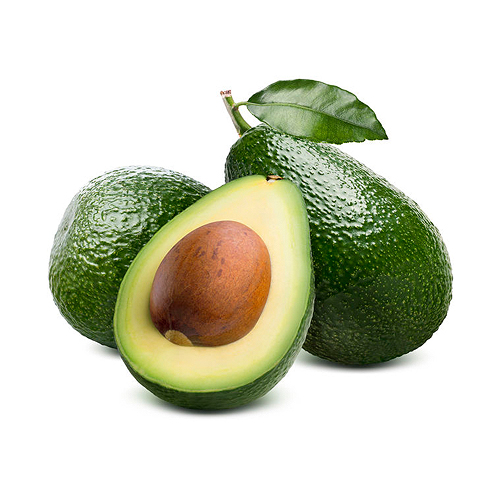Fats

Fats
There has been a mass of misinformation over the last half-century or so concerning which fats are good and which bad for our health. The ‘Fats’ series aims to put the record straight. I’ll be explaining what the different fats do so that when you go shopping and cook, you know exactly which foods are going to help you live a longer, stronger life.
We can think of fats as being made up of carbon and hydrogen chains. Think of a train with the carriages representing the carbon (C) backbone of the fats. Now let's take a look at the difference between saturated and unsaturated. Take the word ‘saturated’, if I say a piece of cloth is saturated with water, you would think I mean that it is soaking wet or completely filled with water.
The description of fats is similar. Instead of talking about the cloth being saturated we talk about the carbon (C) backbone (the carriages) being saturated with hydrogen. Whether or not a carbon is soaked (saturated) with hydrogens depends on the links (or bonds) between the carriages (carbons).
If there are single bonds, the carbon gets to hold its full complete of hydrogens. If there are double bonds between the carbons, the carbon can only hold one instead of two hydrogens. This in practice means that when there are double bonds, the link between the two carbons isn’t as strong as when there is only one bond. This means that double (unsaturated bonds) are not as strong as single (saturated) bonds.
Most of us have been taught/told that unsaturated fat, the one with the double bonds, is good and saturated fat is bad. Neither of these statements are completely wrong or right so it’s important to understand why.
Monounsaturated and polyunsaturated fatty acids
If there is just one double bond in the chain of carbon carriages, the fat is called a monounsaturated fatty acid – with mono meaning one. Olive oil is 75% monounsaturated. If there are more than one double bonds between carbon carriages, the fat is called a polyunsaturated fatty acid. Fish oils and vegetable oils are high in unsaturated fats.
The importance of the double and single bond strength is that the weaker bonds mean that the fat is less stable and more likely to become rancid. Saturated fats remain stable at room temperature and are less likely to become rancid or ‘go off’. Many vegetable and seed oils that sit in bottles on our shelves will be readily susceptible to breakage of their double bonds from sunlight and warmth. This also is true for olive oil (which should be kept in dark containers, away from sunlight and heat).
Saturated fat myth
Heart attacks were relatively uncommon before the 1920s. However, in the 1950s several things happened that sparked an obesity/ill health epidemic. Firstly Ancel Keys, an epidemiologist, suggested an association between saturated fat consumption and cardiovascular disease. We now know that this study did not tell the whole story, however, mainstream reporting still struggles with the idea that saturated fats could actually be good for us, in spite of many studies that show this to be true. The second thing that happened was a scarcity in butter after the Second World War. This coincided with the farming industry’s ability to grow cheap subsided grain. Capitalising on an earlier fat-water emulsion invention created by a French scientist, margarine, filled with unsaturated fats, came to the fore as a ‘healthy’ alternative to butter.
Cholesterol
So is cholesterol villain or defender? Cholesterol composes 25% of brain mass and traditional communities around the world do not shun the eating of this fat. The Masai tribes people eat diets of milk, meat and blood – very high in cholesterol. Other traditional communities have been known to stock up on eggs pre-pregnancy to help feed the developing baby’s brain. Eggs are a rich source of cholesterol. Cholesterol has also been shown to act as an antioxidant and anti-inflammatory agent.
Fats chemistry
- The carriages in the train are the carbon (C) atoms.
- The links between carriages are bonds.
- Single bonds are strong and double bonds are weak.
Fat Soluble vitamins A, D E and K are optimally absorbed from the intestine when consumed with a fatty meal. Salads and green vegetables containing vitamin A, that help us see in the dark, will not release Vitamin A without oil. In fact, the beta-carotene in green vegetables is not as readily available to the body as meat or poultry sources.
Conclusion
The overgeneralisation that saturated fat and cholesterol are ‘bad’ has persisted for over 50 years. Polyunsaturated fats are relatively unstable at room temperature and can easily become rancid. Cholesterol has been demonised and yet is required for cell membrane integrity. It is consumed in the normal diets of traditional societies. Fat soluble vitamins need a fat containing meal for them to be absorbed into the body.






